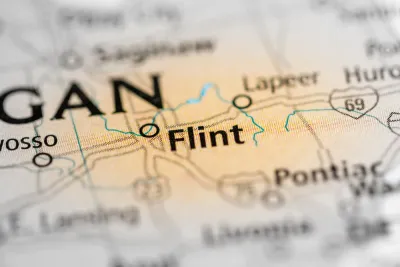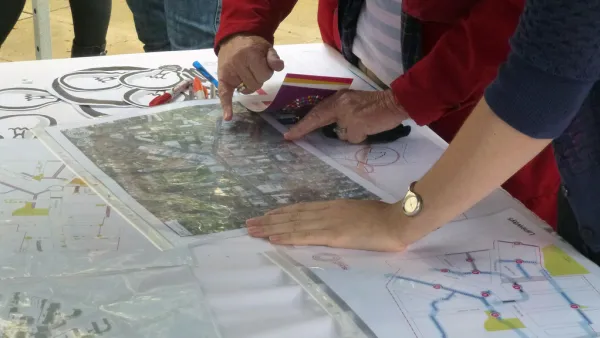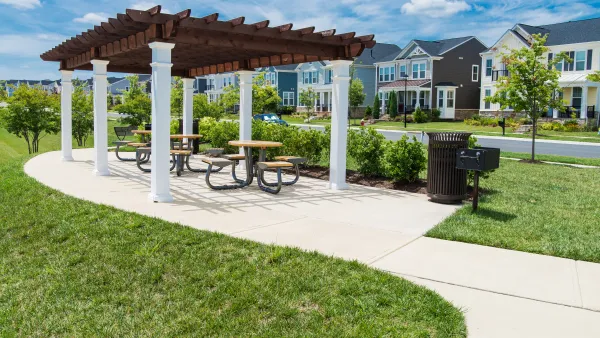The community's hard work has helped Flint planners take an inventory of its building stock, as well as secure needed funding from the federal government.

Scott Atkinson reports on a unique participatory planning process that helped the city of Flint with some of the hard work necessary for a master planning process launched in 2012, and has since helped the city secure funding from the federal Hardest Hit fund.
The key to the story has been community participation in a neighborhood inventory process, that helped not only identify the city's existing development strengths and weaknesses, but also helped take the message about the master plan and build trust for planning among the community.
"That first year, 2012, community-based groups inventoried the balance of residential properties" not yet inventoried by city planners, according to Atkinson.
In 2013, residents hit the streets again, this time taking inventory of the city’s commercial properties. In 2014, they updated their residential data and documented the state of the city’s streetlights. In 2015, they took inventory on sidewalks. In 2016, they turned to residential again (an every other year project), and in 2017, residential and commercial properties.
Those inventories have also been integral to helping the Genesee County Land Bank and the city of Flint secure $20.1 million from "the federal Hardest Hit Fund, a program that helps communities struggling with high foreclosure rates." According to Atkinson, "[a]s of July, Flint has received a total of about $67.5 million in Hardest Hit money. About half of that has been spent so far, resulting in the demolition of 2,248 structures."
This article is the fourth in a five-story series on resident-led revitalization efforts in Flint, Michigan.
FULL STORY: Flint mapping makes city planning a team effort

National Parks Layoffs Will Cause Communities to Lose Billions
Thousands of essential park workers were laid off this week, just before the busy spring break season.

Retro-silient?: America’s First “Eco-burb,” The Woodlands Turns 50
A master-planned community north of Houston offers lessons on green infrastructure and resilient design, but falls short of its founder’s lofty affordability and walkability goals.

Delivering for America Plan Will Downgrade Mail Service in at Least 49.5 Percent of Zip Codes
Republican and Democrat lawmakers criticize the plan for its disproportionate negative impact on rural communities.

Test News Post 1
This is a summary

Test News Headline 46
Test for the image on the front page.

Balancing Bombs and Butterflies: How the National Guard Protects a Rare Species
The National Guard at Fort Indiantown Gap uses GIS technology and land management strategies to balance military training with conservation efforts, ensuring the survival of the rare eastern regal fritillary butterfly.
Urban Design for Planners 1: Software Tools
This six-course series explores essential urban design concepts using open source software and equips planners with the tools they need to participate fully in the urban design process.
Planning for Universal Design
Learn the tools for implementing Universal Design in planning regulations.
EMC Planning Group, Inc.
Planetizen
Planetizen
Mpact (formerly Rail~Volution)
Great Falls Development Authority, Inc.
HUDs Office of Policy Development and Research
NYU Wagner Graduate School of Public Service





























